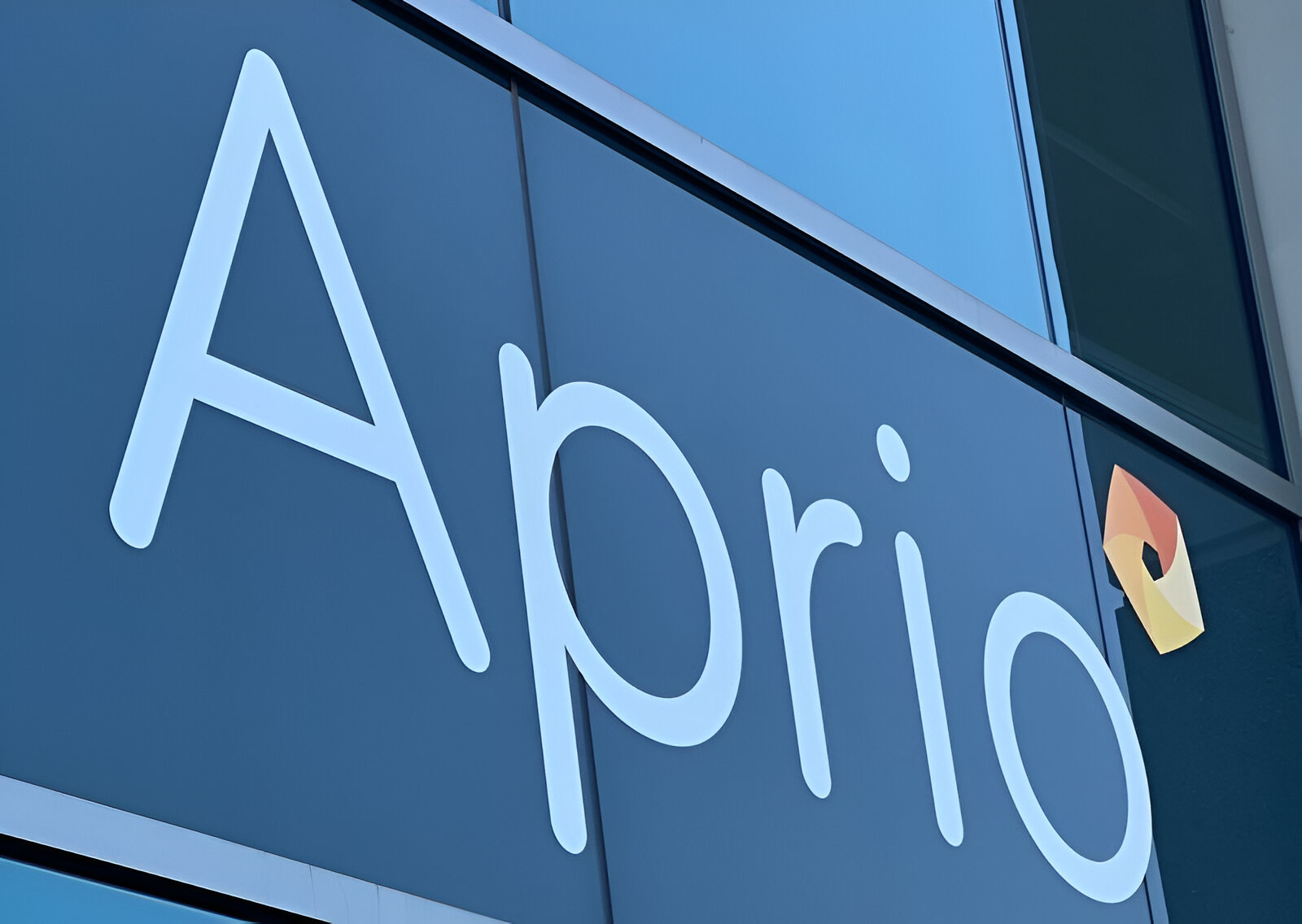Every client services industry has to manage clients who do not pay on time – or at all. It can be a very frustrating part of running a business and heavily impact your success if you don’t have the right strategies in place. However, there are numerous ways—and I outline eight specific techniques below–that you can clear away obstacles that can prevent your clients from making timely, full payments.
Make your payment policy clear from the start
Like most accountants, you likely do not charge your customers for the total cost of a service at the moment of the agreement. If this is the case, you need to clearly define your payment policy from the outset. This helps your clients know what to expect when it comes to payments and gives you a guide for communicating any late or missed payments. A policy should include answers to the below:
- When you expect to receive payment
- What forms of payment you accept
- Where payment should be sent
- Incentives for early payments or penalties for late payments
Set up incentives
Incentivising clients to pay before the due date is a great way to avoid missed payments. Offering a discount when a client pays early means losing out on a tiny bit of income but the trade off is knowing you get paid, quickly. This can look something like 2% off for seven days early and 5% off for 14 days early. On the other hand, penalties for late payments can be effective.
Use electronic invoicing
Electronic invoicing is a win all around for accounting firms and their clients. It is not about sending a PDF invoice through email, rather, it is a holistic approach to accounts payable that streamlines the creation of invoices and the receiving of payments. There are a ton of different software choices available for accountants to make this possible including practice management software or invoicing processing platforms.
Recurring payments
Consider setting up recurring invoicing and recurring payments. This allows clients to “set it and forget it” (think: Netflix). By reducing human friction, you’ll have reliable payments flowing in each month. This is especially important for CAS firms. And it had the added benefit of providing your firm with steady monthly income.
Put payment due date front and center
This should go without saying but sometimes it gets lost in the shuffle: you should always make sure that the payment due date is the first thing that a customer sees on their invoice. Sometimes this important information can get lost in a paragraph or not clearly stated in a sentence like “payment due within 30 days of receipt.” For example, if you send an invoice via email you can put the deadline in the subject and bold it in the body of the email.
Make it easy to pay
Take away every obstacle possible on your end that might make it a pain to pay you. Try to accept all types of payments including: cash, check, credit card, Paypal, auto-payments from a bank account, digital payments from ACH and EFT transfers.
Enabling mobile payments through a software that has been optimized for a mobile experience is another great way to make it easy for clients to pay. There are a number of good software platforms to choose from for this.
Set up automatic reminders
Sometimes clients don’t mean to be late on payments but simply forget. Creating a system that makes it easy for you to send out reminders when deadlines are close is a great way to get ahead of non-payment. If they miss that reminder and don’t pay on time, get another reminder out immediately, clearly outlining your payment policy.
Invoice timing and amount matters
According to research by Freshbooks, bills that are sent on the 30th or 31st of the month are likely to take up to 20 percent longer to get paid. Think about invoicing mid-month. Additionally, smaller invoices are significantly more likely to get paid faster. Freshbooks found that the sweet spot was under $1,660. So, it could be worth breaking invoices up every two weeks to keep the prices down.
Create individual payment plans for clients who are having difficulties
If after employing all these strategies, you still have a client that is not paying their invoices, think about that person’s specific situation. If this is fairly unusual, or something has changed, maybe it is a temporary life change that is causing some difficulties. However, if there is an ongoing pattern of late or non-payments from a client, that is a problem that needs to be addressed immediately. Talk to the client and see if there is compromise possible.
Most accountants have had to deal with late-paying – or sometimes even non-paying – clients at some point. If you have taken the necessary steps to make it easy for clients to pay you but have no success with certain accounts, it is time to take steps to end your professional relationship. It may be that having this end-of-relationship talk is the incentive they needed to get back on track. If not, you will get precious time back from an unreliable client, which you can put towards more beneficial efforts.
=====
Larry Furr is Chief Product Officer at Canopy.
Thanks for reading CPA Practice Advisor!
Subscribe Already registered? Log In
Need more information? Read the FAQs
Tags: Firm Management




